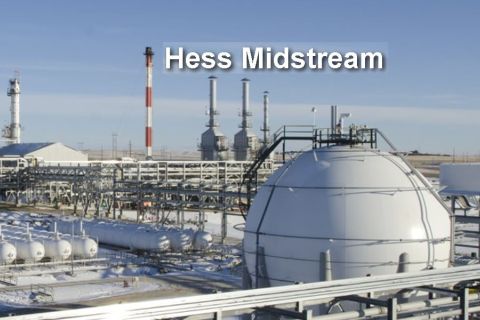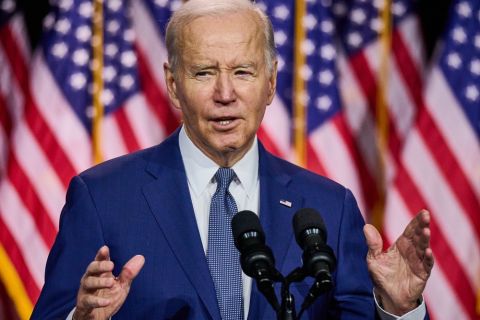Economists from Stanford University's Graduate School of Business are backing the refining-marketing industry's contention that product-supply problems, often stemming from widely differing regional fuel specifications, were the real culprit behind gasoline prices of more than $2 in late spring/early summer 2000. Jeremy Bulow, an economics professor at the school, was chief economist at the Federal Trade Commission two years ago when Congress demanded an investigation of the gasoline price spikes. The report that emerged did not tell the whole story, he says, so he and three FTC colleagues (Jeffrey H. Fischer, Jay S. Creswell Jr. and Christopher T. Taylor) took another look. They conclude that oil companies responded as quickly as was logistically possible to correct this price spike. The Midwest event was caused by a combination of complex factors, many of which inevitably will cause future price spikes, Bulow concludes. "Refiners are producing at a very high percentage of capacity these days. When there is a supply disruption, we will have a price spike," he maintains. There is no excess fuel production from which to draw. He also blames "boutique fuel" regulations, which vary by region. The gasoline in Chicago is different from the gasoline in Detroit, and even from the gasoline in the suburbs of Chicago, according to Bulow. It takes two weeks to make a specific gasoline, and several more weeks to get it to its specific market. Local and regional regulations also influence prices. For example, in California, which has its own specific gas formulation, gasoline can be shipped in from another U.S. location only in a Jones Act Vessel-a tanker or barge built in, crewed by, and flying under the flag of the United States. It costs as much to ship fuel from Louisiana to California as it does from Norway.
Recommended Reading
Hess Midstream Announces 10 Million Share Secondary Offering
2024-02-07 - Global Infrastructure Partners, a Hess Midstream affiliate, will act as the selling shareholder and Hess Midstream will not receive proceeds from the public offering of shares.
EQT CEO: Biden's LNG Pause Mirrors Midstream ‘Playbook’ of Delay, Doubt
2024-02-06 - At a Congressional hearing, EQT CEO Toby Rice blasted the Biden administration and said the same tactics used to stifle pipeline construction—by introducing delays and uncertainty—appear to be behind President Joe Biden’s pause on LNG terminal permitting.
Venture Global Acquires Nine LNG-powered Vessels
2024-03-18 - Venture Global plans to deliver the vessels, which are currently under construction in South Korea, starting later this year.
Imperial Oil Shuts Down Fuel Pipeline in Central Canada
2024-03-18 - Supplies on the Winnipeg regional line will be rerouted for three months.
Hess Midstream Subsidiary to Buy Back $100MM of Class B Units
2024-03-13 - Hess Midstream subsidiary Hess Midstream Operations will repurchase approximately 2 million Class B units equal to 1.2% of the company.





